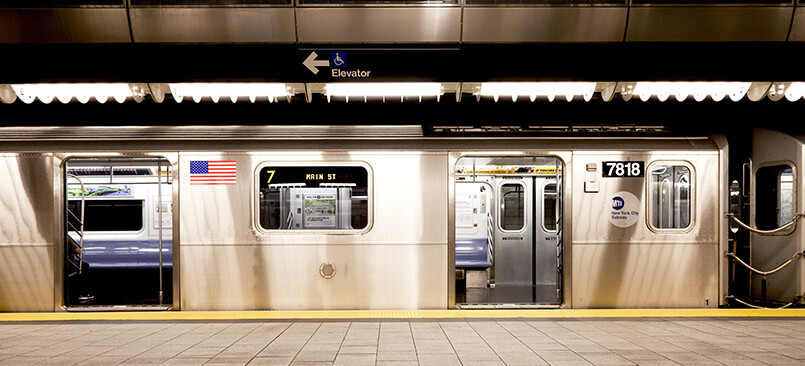MTA New York City Transit Adopts MetroQuest to Enhance Engagement

The Metropolitan Transportation Authority (MTA) operates New York City Transit, which is the busiest and largest transit system in North America and serves a staggering 8 million trips per day. Planning and maintaining a transit system of this magnitude requires effective community engagement. That’s why MTA has turned to MetroQuest to both broaden the reach of public engagement and collect informed and constructive input to support its planning efforts.
MTA, like many agencies across the country, was seeking to boost participation rates to collect input from a broad and diverse demographic to inform its plans. Transit riders may be one of the most difficult to reach audiences and low participation rates are common. That’s why MTA turned to MetroQuest to take public engagement online.
As Ryan Zatlin, Senior Transportation Planner at New York City Transit put it, “The goal with public outreach is always to receive feedback from a high number of participants that are representative of the community. For a variety of reasons, that doesn’t always happen. We’re hoping that MetroQuest’s unique interface and interactive features can help broaden our audience and increase participation from our regular customers.”
Traditional methods like public workshops tend to attract only a select few participants, primarily those who have the extra time in the evenings. Looking to enhance participation, MTA tried a variety of other online survey platforms, but the results were disappointing.
As Zatlin states, “Despite marketing efforts, we can often have less than 1,000 participants in a city of 8 million people, which is likely not representative of the demographic makeup of the population.”

MTA was particularly aware of the narrow demographic that tends to participate in their outreach activities.
Zatlin stated that MTA, “wanted broader demographic representation and greater participation from average citizens and regular transit users, who, perhaps, are unable to make it to public meetings, or find conventional online surveys time consuming and uninteresting.”
With the launch of an ambitious series of Bus Network Redesigns for each of the City’s five boroughs, the agency chose MetroQuest to enhance online participation. The agency was seeking a highly interactive tool with plenty of opportunities for public input. They were also keenly aware of the complex choices and tradeoffs facing the agency and were looking for an engagement platform that was up to the task. They became inspired after seeing how LA Metro used a MetroQuest survey to engage over 6,000 participants on budgeting priorities, tradeoffs, and mapping out areas in need of transit improvements. MTA agreed that this type of highly visual and interactive approach was perfect for their needs.
As Zatlin states, “A bus network redesign is a huge effort that can be difficult to clearly communicate to the public. While there is a time and place for conventional survey tools, we were looking for a platform that would allow us to educate our customers on important concepts, effectively communicate our plans to the public, and receive detailed feedback on the issues that matter most to them. MetroQuest does all this with one simple, intuitive interface.”
The Bus Network Redesigns started with Bronx (see demo survey), then on to Queens (see demo survey), Brooklyn, Manhattan, and Staten Island. While it’s still early in the outreach process, the plan seems to be working with over 2000 participants already and climbing quickly.
Each project will involve a series of 3 to 4 surveys coinciding with the phases of the planning process. The first surveys will start at a high-level, focusing on frequency versus coverage, more or less stops, and other key tradeoff questions to educate about constraints and collect input on public preferences. From there, as the planning process moves forward, the survey questions and the interactivity will hone in on increasingly specific planning options.
Zatlin states, “Given that MetroQuest provides a variety of screens to communicate and collaborate with the public, we hope to use it throughout the different stages of our Bus Network Redesigns, as we move from borough to borough.”
We are thrilled that MTA has adopted MetroQuest to enhance its online public engagement. Given the match between MetroQuest’s capabilities and the public engagement goals of the agency, we are confident that MetroQuest will quickly become a standard component of MTA’s outreach efforts.
